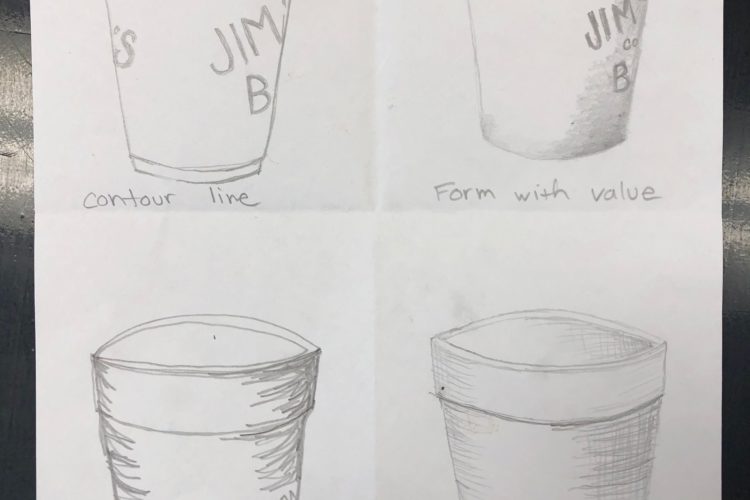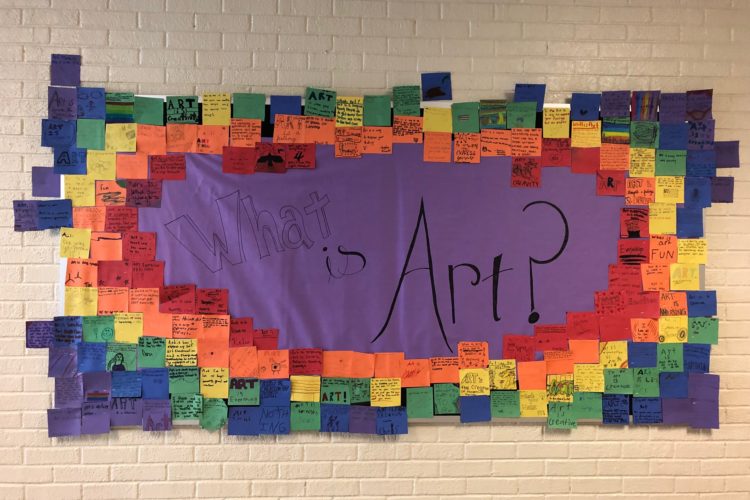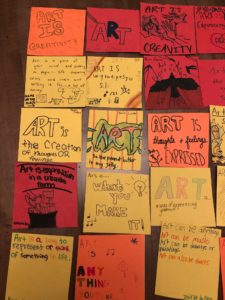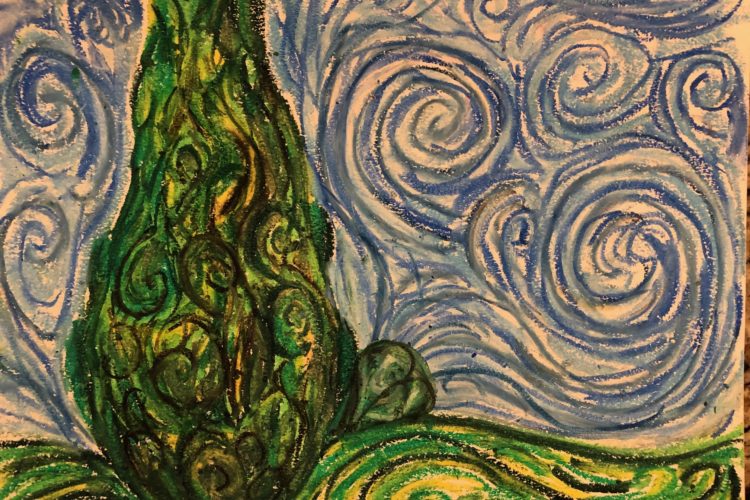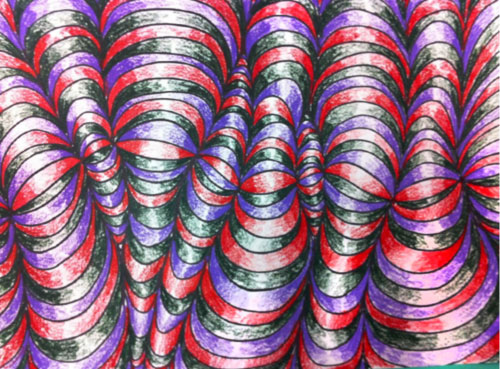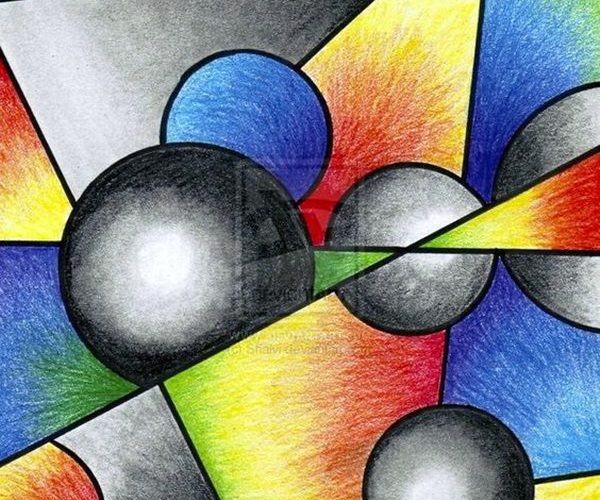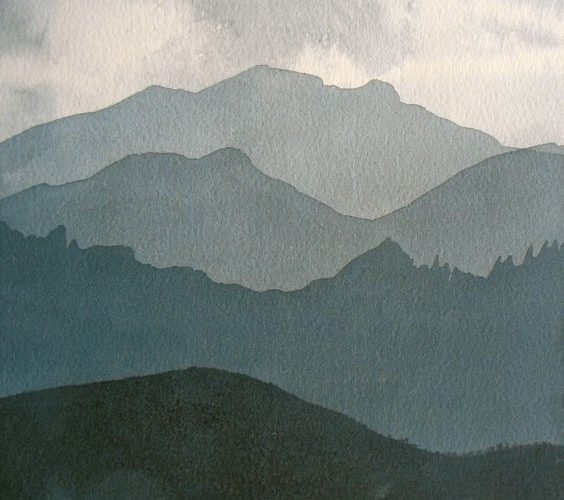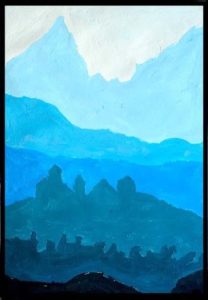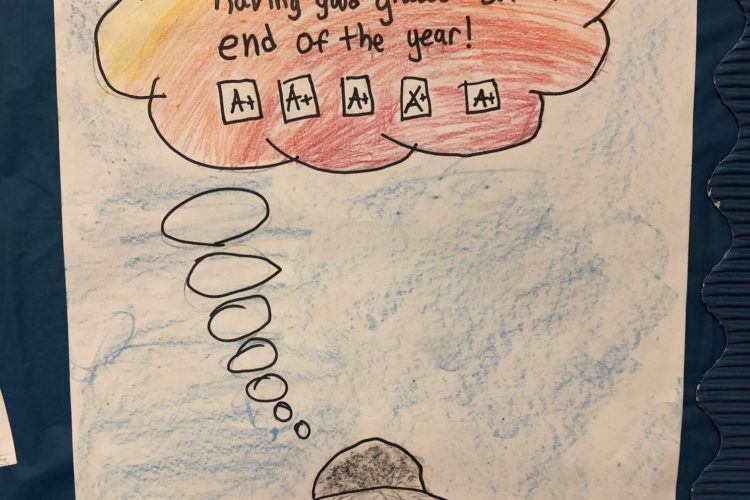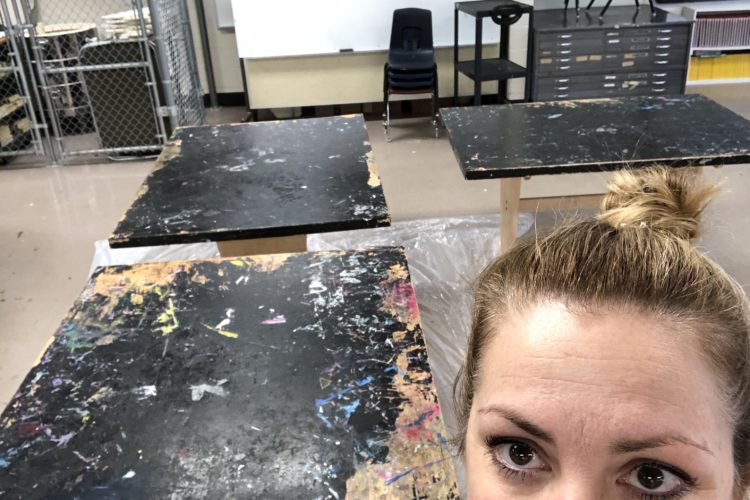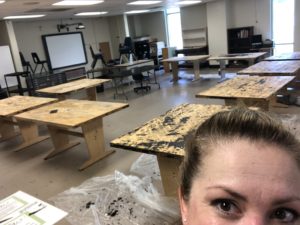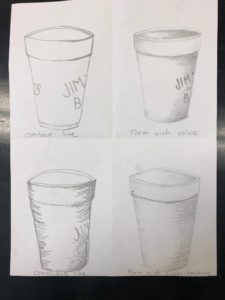 During our line unit we used 4 different kinds of lines and some shading to draw the same cup 4 different ways. The first way we used contour line and demonstrated how varying the line between thick and thin can give a drawing form. We then used shading to draw the second cup to show it three dimensionally. Our fourth drawing we used cross hatching as a way to use lines for shading. Then finally we used a continuous line where you did not lift your pencil off of the paper to create a shaded and quick sketch. This is usually the most challenging since we are all used to being able to lift out pencils and realign any mistakes.
During our line unit we used 4 different kinds of lines and some shading to draw the same cup 4 different ways. The first way we used contour line and demonstrated how varying the line between thick and thin can give a drawing form. We then used shading to draw the second cup to show it three dimensionally. Our fourth drawing we used cross hatching as a way to use lines for shading. Then finally we used a continuous line where you did not lift your pencil off of the paper to create a shaded and quick sketch. This is usually the most challenging since we are all used to being able to lift out pencils and realign any mistakes.
